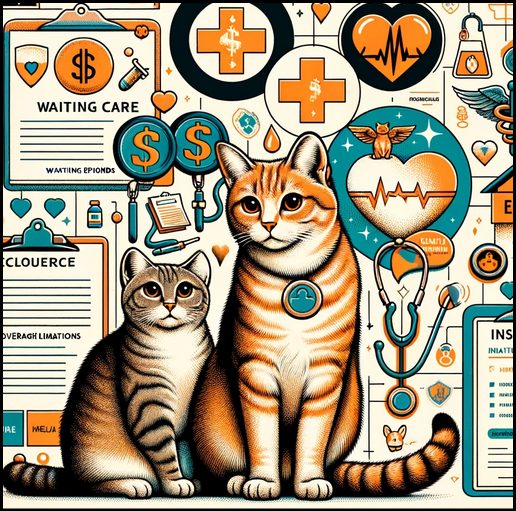Pet insurance can be a valuable tool for pet owners to manage the costs of veterinary care, ensuring their furry friends receive the necessary treatments without financial strain. However, like all insurance policies, pet insurance comes with certain limitations and exclusions that potential policyholders should be aware of. Understanding these limitations is crucial for making an informed decision about purchasing pet insurance. Here are some common limitations associated with pet insurance:
- Pre-existing Conditions: Most pet insurance plans do not cover pre-existing conditions, which are health issues that were present before the policy start date or during a waiting period. This means if your pet was already diagnosed with a condition or showed symptoms of it before you purchased the insurance, costs related to this condition will likely not be covered.
- Waiting Periods: There is typically a waiting period from the start of the policy before coverage begins. During this time, any injuries or illnesses that occur may not be covered. Waiting periods can vary by insurer and by the type of coverage (e.g., accidents vs. illnesses).
- Age Limits: Some insurance policies have age limits for coverage. Older pets may be more difficult to insure, or the insurance may be more expensive for them due to the increased risk of health issues with age.
- Breed-specific Exclusions: Certain breeds of dogs and cats may be prone to specific health conditions, leading some insurance providers to exclude these conditions from coverage or to charge higher premiums for these breeds.
- Annual Limits, Deductibles, and Co-pays: Many plans have annual limits on how much they will pay out for medical expenses. Additionally, pet owners are usually required to pay a deductible before insurance coverage kicks in, and there may also be co-pays or a percentage of the costs that the pet owner is responsible for paying out of pocket.
- Routine and Preventative Care: Some plans do not cover routine and preventative care, such as vaccinations, flea and tick prevention, or dental cleanings, unless you purchase additional wellness coverage.
- Exclusions and Limitations on Coverage: There can be specific exclusions and limitations on coverage, including certain diseases, treatments, or procedures. For example, some policies might not cover hereditary conditions, alternative therapies, or elective procedures.
- Geographic Limitations: Coverage might be limited to certain geographical areas. If you travel with your pet or move to another country, your pet insurance might not provide coverage in the new location.
- Policy Cancellations and Non-Renewals: Insurance providers may have the right to cancel or not renew a policy under certain conditions, which could leave a pet owner without coverage unexpectedly.
When considering pet insurance, it’s essential to read the fine print and understand the policy’s specifics. Comparing different plans and asking detailed questions can help you find the best coverage for your pet’s needs. Additionally, consulting with a veterinarian can provide insights into what kind of coverage might be most beneficial for your pet’s specific health requirements.







Insightful your point of view was very interesting. Thanks.